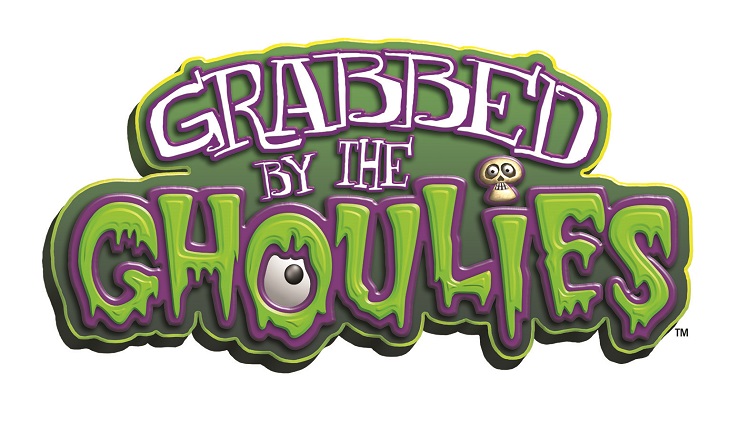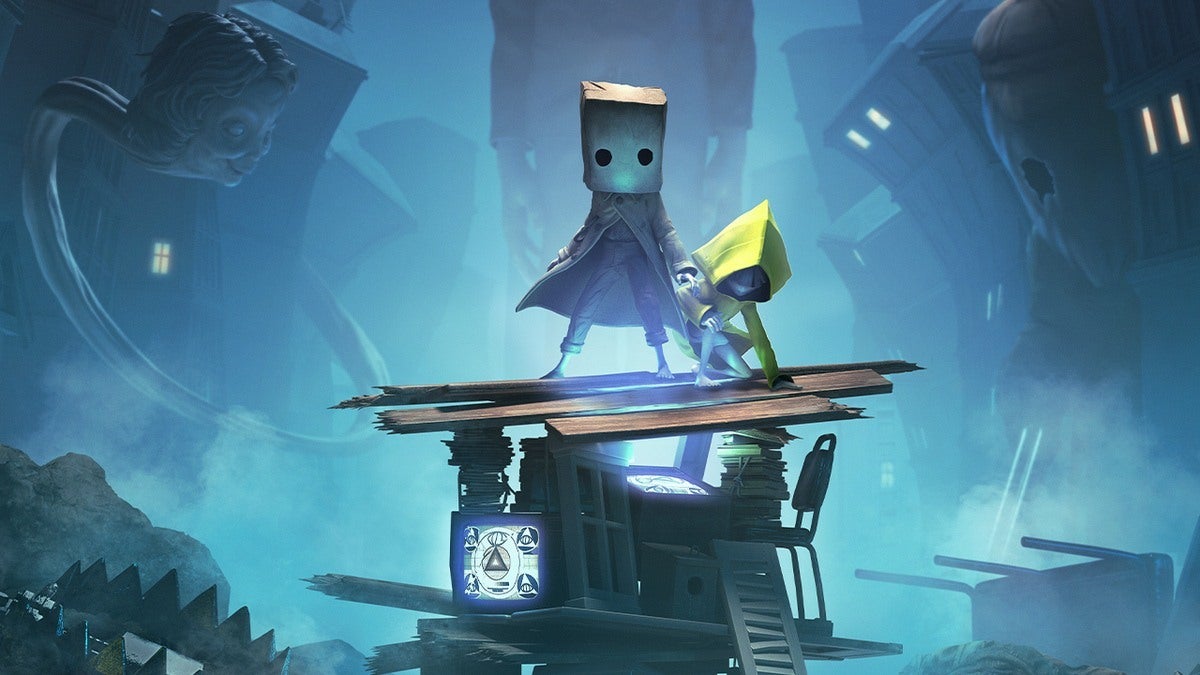Share
When I decided to dive into River City Girls, I had no idea that I was diving into the cumbersome, overly-complicated series that is Kunio-Kun. For those who are unfamiliar, and that’s probably most of you, Kunio-Kun is a sprawling and storied cornerstone of the beat-‘em-up genre… but also the arcade sports genre? Kunio-Kun is complex, nearly forty years old, and mostly relegated to Japan. From an international perspective, the iconic NES title River City Ransom is arguably the most notable Kunio-Kun title, with its succession of modern River City follow-ups existing somewhere along the periphery.
Ultimately though, the key takeaway from the Kunio-Kun franchise is this: these Technos games helped to establish an entire genre alongside franchises like Streets of Rage. And, like that franchise, Kunio-Kun has fought its way back to the forefront of the beat-‘em-up space. Before Streets of Rage 4 dominated the 2020 conversation, the River City IP was revived by WayForward in 2019 via the aforementioned River City Girls. Now, its larger place in the multi-faceted Kunio-Kun canon is somewhat contentious, but this Hardcore Gaming 101 piece does a great job of contextualizing the title for those who are interested.
Nonetheless, River City Girls’ position within its series is ultimately unimportant, as Kunio-Kun has otherwise faded into the background. In fact, it’s really WayForward’s efforts with River City Girls that reintroduced Kunio-Kun to the wider community, making a splash a few years ago. Sure, there were some contemporary River City entries from Arc System Works, but none were as prominent as WayForward’s release, or Arc’s other titles. In fact, River City Girls is effectively jockeying for position as something of its own franchise for all modern intents and purposes through the release of two new 2022 River City Girls games.
refocusing river city

Well, one brand-new title and one revival, I should say. The former, River City Girls 2, is a straightforward sequel, and the latter, River City Girls Zero, is the port of an old Super Famicom Kunio-Kun release. This is the fourth game in the franchise and the one which introduced Misako and Kyoko, the protagonists of River City Girls, as playable characters. Alas, it never left Japan. That is, until sometime early this year, when the game will reappear as River City Zero with new narrative stitching that establishes this game as a prequel to the 2019 title. Like I said, Kunio-Kun is complicated.
However, it seems as though this batch of River City Girls titles is looking to streamline and modernize Kunio-Kun‘s over-encumbered legacy. That’s certainly for the better, as the sheer number of non-localized Kunio-Kun games and the incredible volume of changes between Japanese and North American releases make even basic franchise overviews like this official one incredibly muddy. None of that takes away from how important the series was to the foundation of the beat-‘em up genre though, it just makes understanding that impact all the more difficult. Putting the focus on a clearer cut and understandable batch of River City Girls titles in 2022 (even though the games’ lore is tied up in this Kunio-Kun lineage) gives the franchise the respect it deserves.
Two new River City Girls games this year also piques audience interest, and I’m testament to that. Beat-‘em-ups aren’t really my genre. I’ve played Streets of Rage 1 and 4, greatly enjoying my time with both but particularly the latter. I played a lot of the Ubisoft developed Star Wars Episode III: Revenge of the Sith GBA beat-‘em-up as a kid too, but if it wasn’t already obvious, I’ve only skirted around the edges of the genre. The doubling down on River City Girls though (combined with the badass TMNT beat-‘em-up launching in 2022 also) renewed my interest.

So, in preparation for both River City Girls 2 and Zero, I picked up the 2019 title during the eShop sale. I suck at this game. I mean, I really suck at this game. I pride myself on being pretty competent at most genres, but I’m really, really bad at this one. This is really my main takeaway as a relative beat-‘em-up newcomer. But, of a more universal importance, my other key takeaway is that River City Girls rocks, and only partially as a function of its fantastic soundtrack. There truly is a lot to love here, in spite of some cumbersome structural issues.
revisiting River City girls
First off, the game’s aesthetic is lovely, as is its irreverent, tropey anime storyline. As mentioned prior, the experience revolves around Misako and Kyoko as they attempt to rescue their kidnapped boyfriends, Riki and Kunio, who are the protagonists of the larger Kunio-Kun series. In doing so, you’ll traipse around the city while beating the snot out of schoolgirls, pompadour-toting greasers, policemen… and wrestlers? This world is absolutely odd, complete with varied narrative framing that interweaves beautiful anime cutscenes and manga panels into the pixel art world. It’s all so clever.
Equally clever is the combat system, which certainly relies upon bread and butter beat-‘em-up action. Even with my limited experience, I could easily see how River City Girls iterates upon mechanical archetypes of the genre – archetypes that Kunio-Kun helped to establish, I should note. Nevertheless, that doesn’t get in the way of how satisfying this combat can be. Given the game’s RPG level-up system, there is a great rollout of new moves with easily-understood Smash Bros-like inputs. I quickly fell into favorite combos, the best of which ends with a rainbow-laden dab, which throws my opponents across the screen. From there, I can run over, pick them up, and use them as a melee weapon. The feedback loop here is quite satisfying.

I’m not sure whether I’ll see this one through to the end, though. The game can get quite repetitive, as enemies endlessly spawn throughout the interconnected city that you explore during the adventure. This can just get tiresome, especially when paired with tedious loads between deaths (particularly before the boss fights which are liable to take a dozen tries given my woefully inadequate skill) and inconsistent signposting. These design foibles leave the experience feeling just flawed enough that I can’t say that I’m fully committed to reaching the credits.
However, I’d certainly like to chip away at the game to at least hone my skills for River City Girls 2. If that title is able to improve the weaker areas of River City Girls 1, then it’ll undoubtedly be a 2022 beat-‘em-up banger that will be worth a day one pickup from me. I’d reckon that I’m a bit more excited for TMNT: Shredder’s Revenge, largely because I love the Turtles IP, but Wayforward’s second River City outing is absolutely on my radar too. I just need to hone my skills so I that don’t get my ass handed to me!
In the end, I’m just excited that WayForward and Arc System Works are collaborating to teach people about why Kunio-Kun is important. Beat-‘em-ups are absolutely one of my blind spots, and because of that, I certainly had little knowledge about this series’ situation in the genre’s history. Because River City Girls is so slick, I became interested in at least familiarizing myself with its franchise origins. In the process, I discovered a critical bit of gaming history that had totally passed me by. Retro revivals like this are essential for educating the wider audience about key, overlooked aspects of gaming history. Hopefully WayForward’s two releases can continue to expand the legacy of Kunio-Kun and cement it as something uniquely compelling in the modern space.




